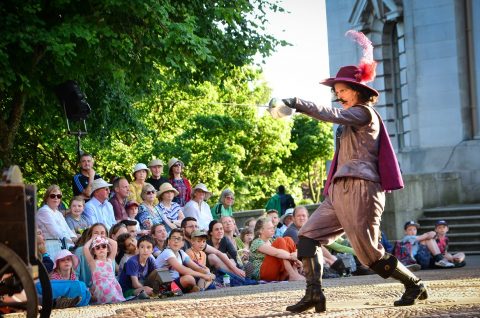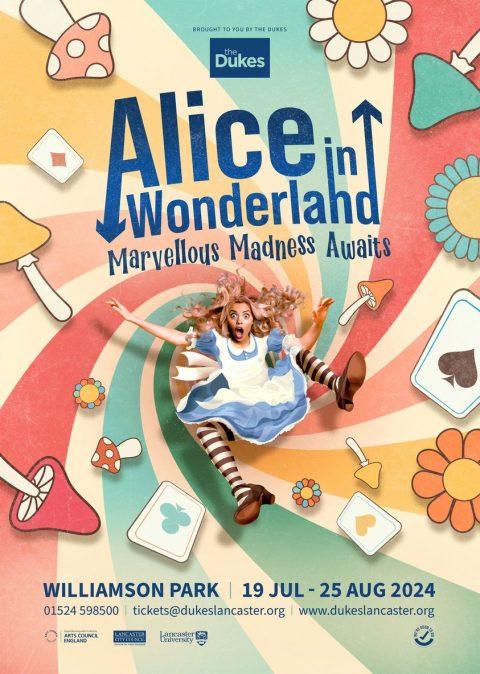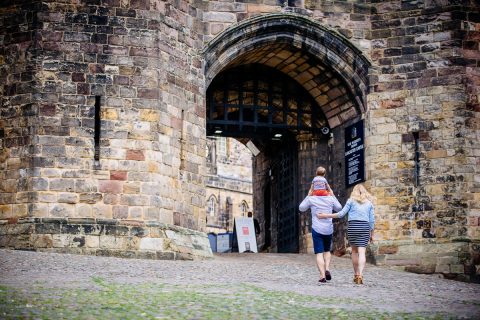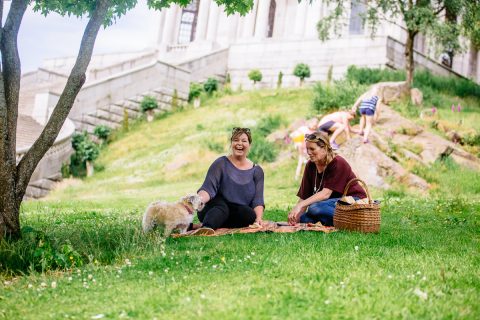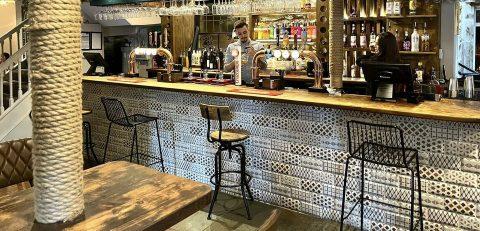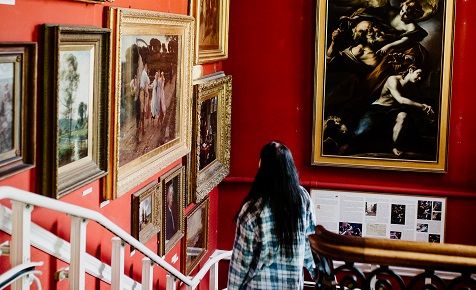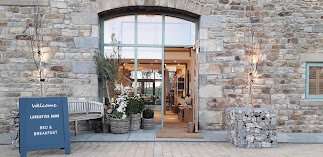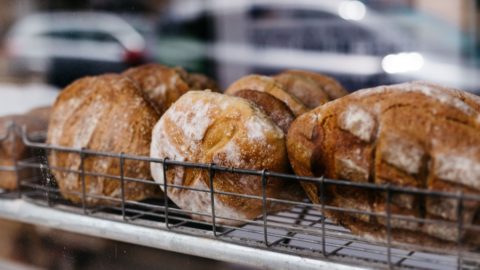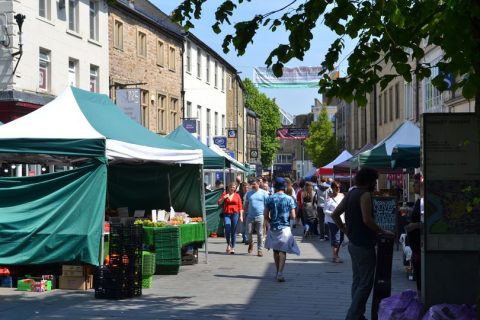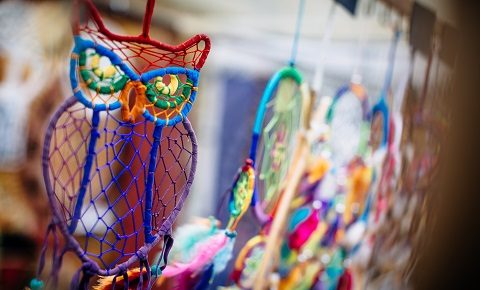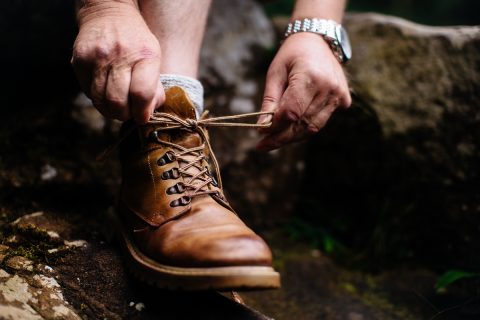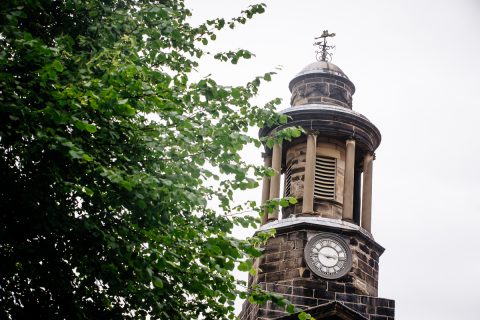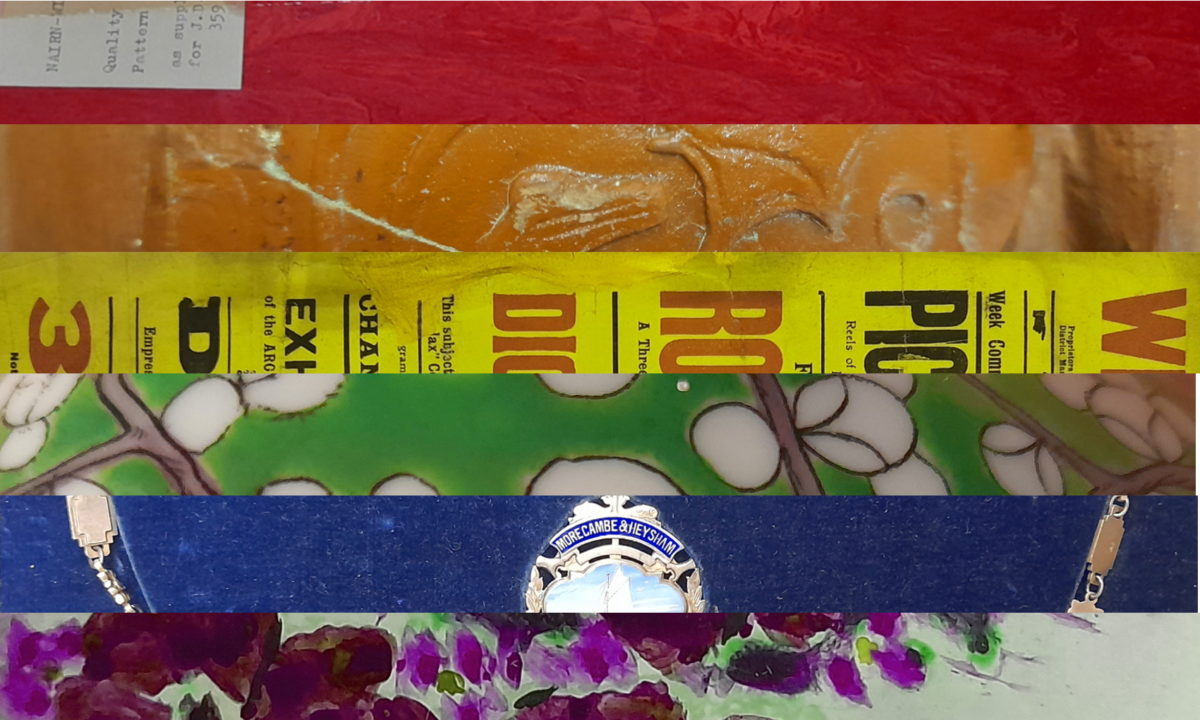Lesser-Heard Voices
Museum collections are not an exact reflection of the history of an area. Depending on when and how objects are donated and collected some voices are heard more strongly through the collection than others, and some people are barely reflected at all. A medal awarded to a suffragette, a bone carved by a prisoner of war, and a postcard showing working people marching for their rights let us get a rare view of some of these lesser-heard voices. Museum collections are not just created by our predecessors.
We have a responsibility to keep up the momentum of collecting that they started years ago but with an emphasis on representing our changing and diversifying community and recording moments in the area’s history. Imagine if no one recorded the Coronavirus pandemic, Brexit, the Black Lives Matter protests, or the many other extraordinary events we have all experienced in our shared history.
The news does not just happen on the TV; it is all around us. It is often the voices of the majority that remain unheard throughout history, and we have a duty to change that.
Over the next few years, we would like to focus on developing our collection to better represent two currently extremely under-represented, yet powerful sociological areas:
 | LGBT+ This flag is made up of objects from our collections including red linoleum from Williamsons, orange Roman samian ware from local excavations, a yellow poster advertising entertainments at Morecambe Winter Gardens, green Chinese ceramics, a blue medallion from the Morecambe and Heysham Master Builders’ Association and purple flowers from a Christmas card posted in 1907. We have thousands of stories in our collections and would love to add more LGBT+ voices to reflect a wider history of Lancaster and Morecambe. If you have any objects relating to LGBT+ life that you might like to donate, whether they’re from 1801 or 2021, we would love to hear from you. Click here to find out how to donate an object to the museums. | |
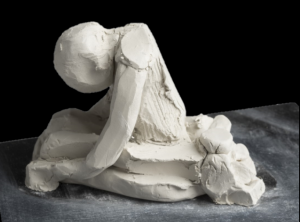
| Cultural Diversity This poignant and beautiful object is a maquette for the Captured Africans memorial on Lancaster’s St. George’s Quay, by Black artist Kevin Dalton-Johnson. The memorial was the first in Britain to acknowledge the country’s role in the Transatlantic Slave Trade. The Lancaster district has a vibrant and multicultural society, which makes it such a great place to live, visit and work. Our collection does not currently represent that diversity and we really want to add more objects and stories to our collection from first, second and future generations of Lancaster’s globally reflective community. |
If you have any objects that tell a story, that would be valued by our ancestors, and you would like to donate them to our collection, or if you would like to enable us to record and document a personal story, we would love to hear from you. Click here to find out how to donate an object to the museums.
We would also love to hear from you if you have any comments on what we can do to make our museums more welcoming spaces for everyone.
Email us at lancastercitymuseum@lancaster.gov.uk or lancastermaritimemuseum@lancaster.gov.uk


